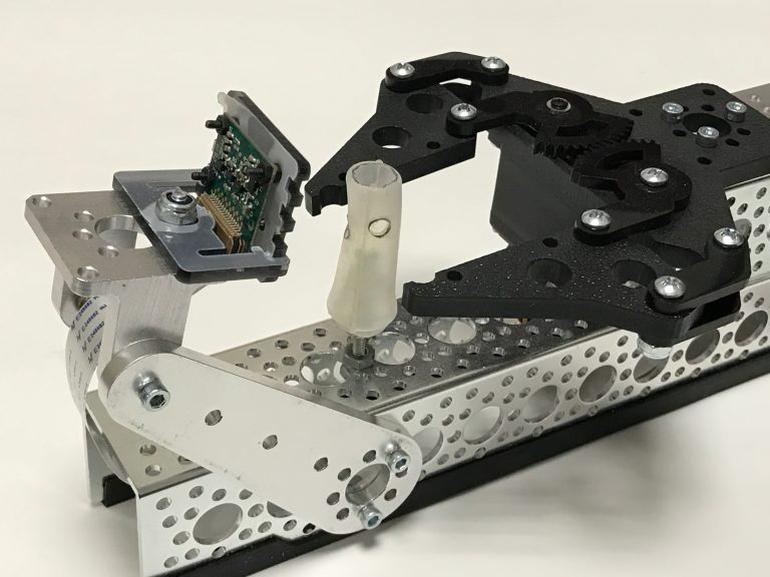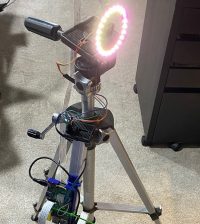- makeITcircular 2024 content launched – Part of Maker Faire Rome 2024Posted 2 weeks ago
- Application For Maker Faire Rome 2024: Deadline June 20thPosted 2 months ago
- Building a 3D Digital Clock with ArduinoPosted 7 months ago
- Creating a controller for Minecraft with realistic body movements using ArduinoPosted 7 months ago
- Snowflake with ArduinoPosted 8 months ago
- Holographic Christmas TreePosted 8 months ago
- Segstick: Build Your Own Self-Balancing Vehicle in Just 2 Days with ArduinoPosted 8 months ago
- ZSWatch: An Open-Source Smartwatch Project Based on the Zephyr Operating SystemPosted 9 months ago
- What is IoT and which devices to usePosted 9 months ago
- Maker Faire Rome Unveils Thrilling “Padel Smash Future” Pavilion for Sports EnthusiastsPosted 10 months ago
Raspberry Pi Powered Stent-Testing Robot

Medical engineering is just one of the important areas where researchers have found a use for the Pi.
This stent-testing robot was designed by Dr Henry J Feldman, chief information architect at Harvard Medical Faculty Physicians.
Stents are small tubes used to prop open a patient’s airway. It’s incredibly important they don’t fail because they keep people alive.
The usual stent-destroying machines are dumb clamps, with no idea whether the stent is breaking or not, so Feldman created something different and more accurate. He developed a system that uses a computer vision and machine learning to identify when a stent fails during testing.
His stent-testing machine works by running the image-recognition library OpenCV on the Pi, which analyses footage of the test captured by the Pi’s camera module. The Pi is augmented by a HAT, which controls the gripper crushing the stent during tests.
The system provides data and images that identify the point of failure more precisely, which in turn allows designers to produce a more resilient stent.
Please check out the raspberrypi.org website for more information.
















